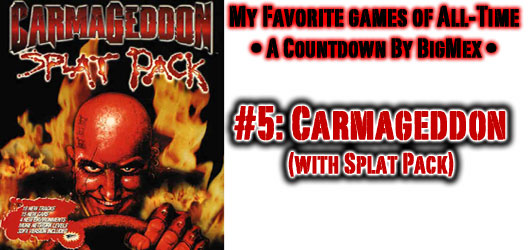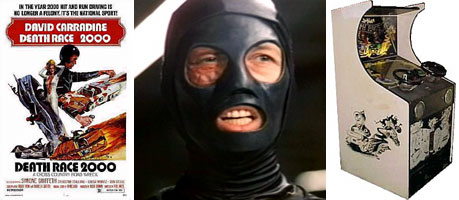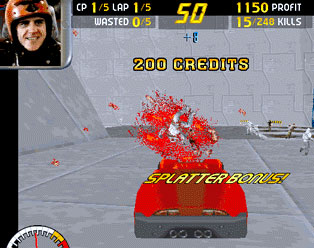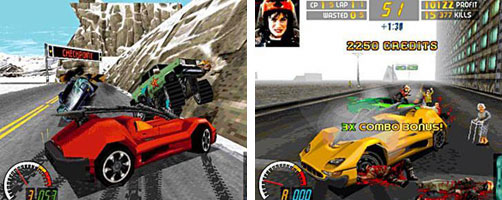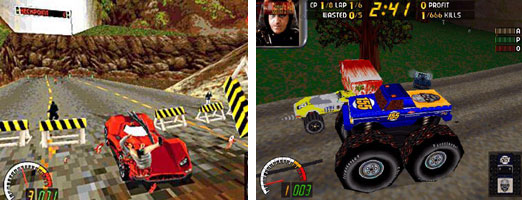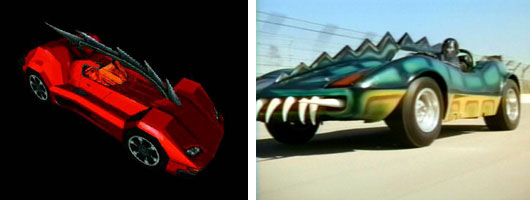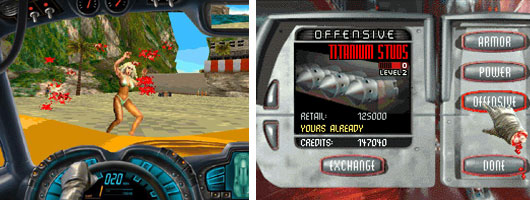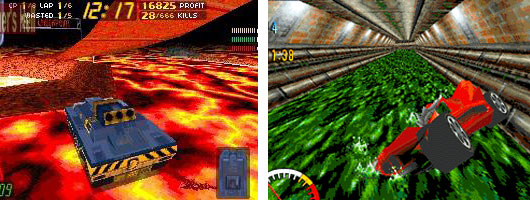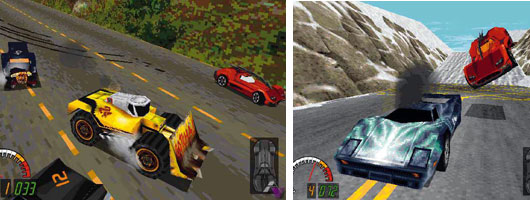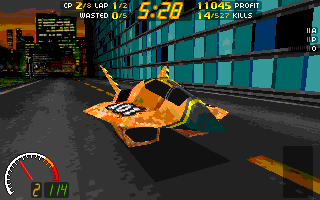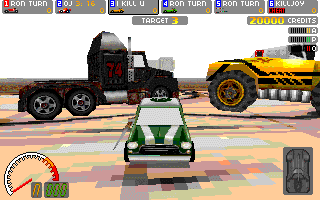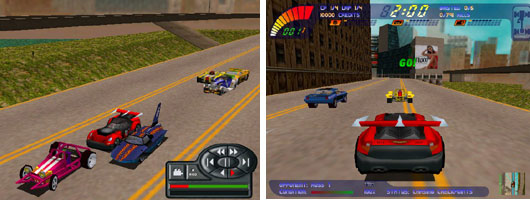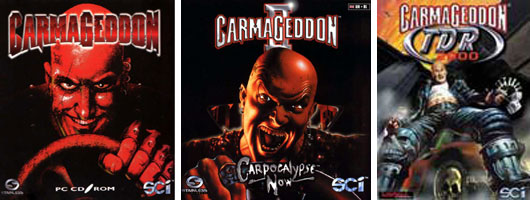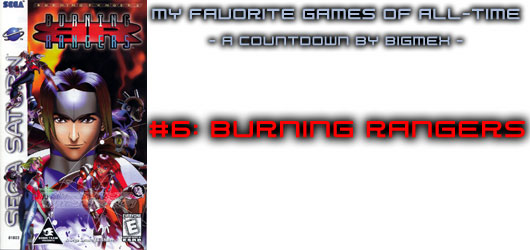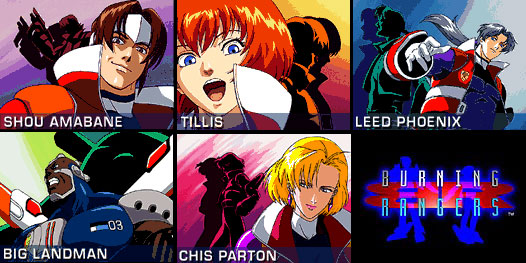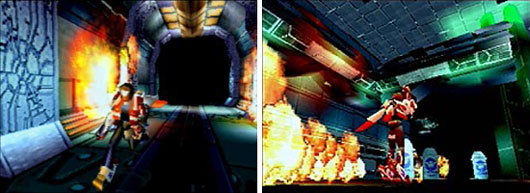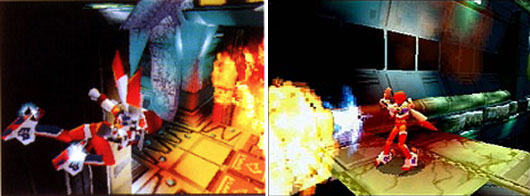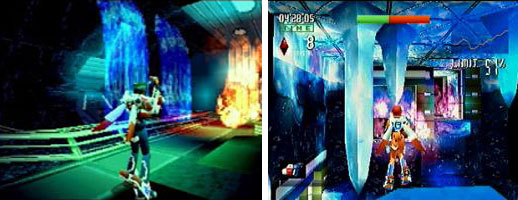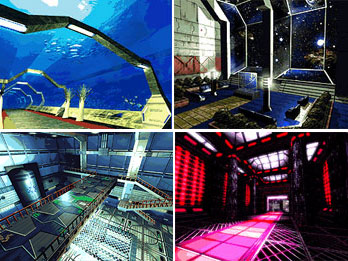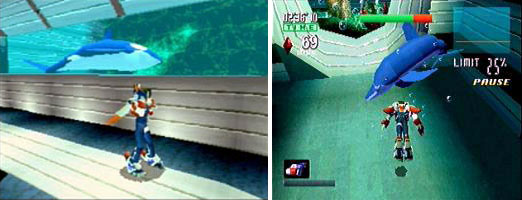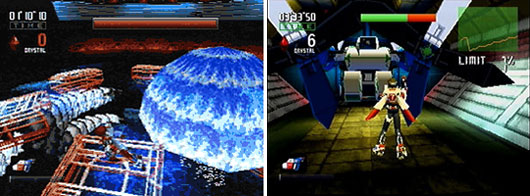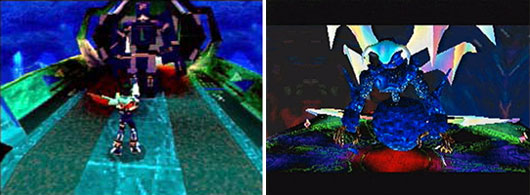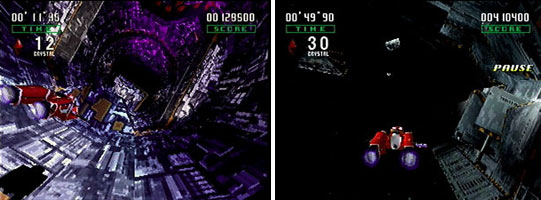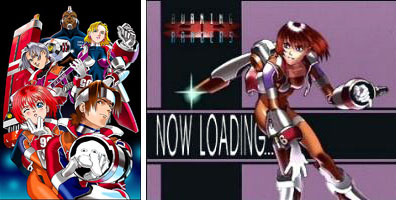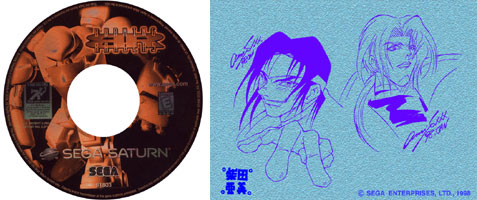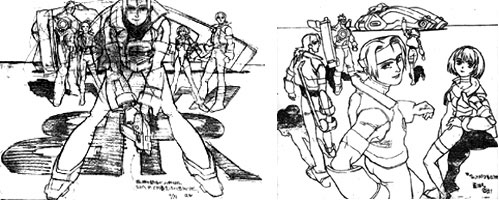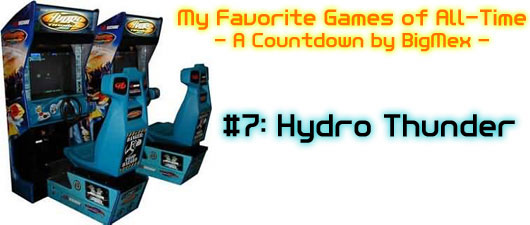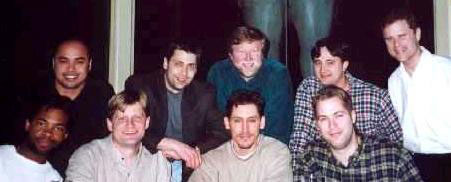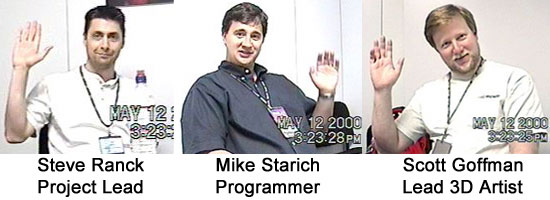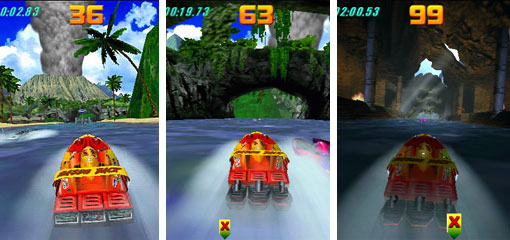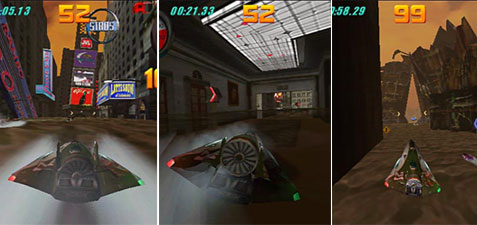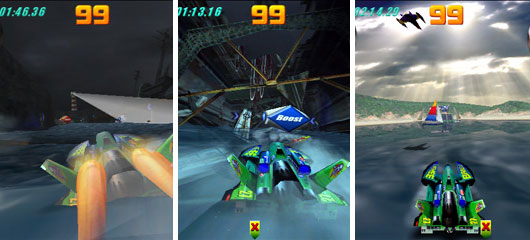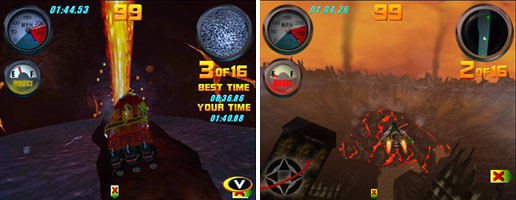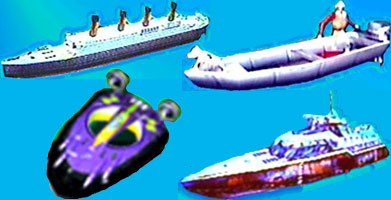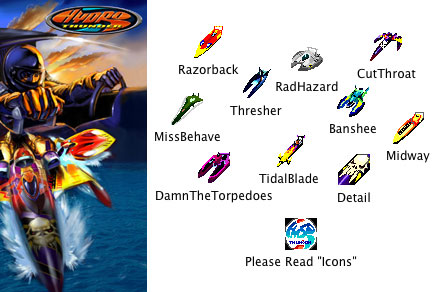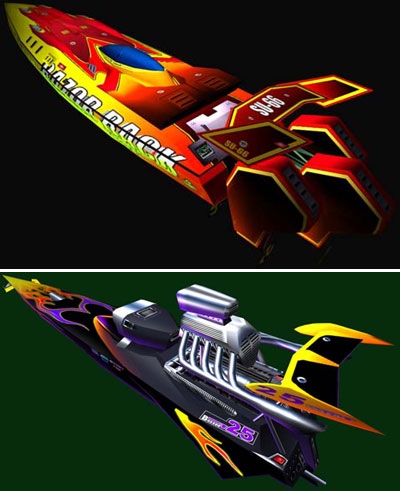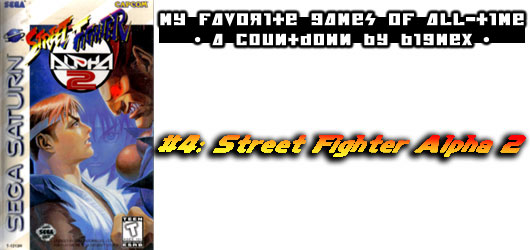
The game meets all my criteria for what I consider a great title. It is a title that is easy to pick up and learn, yet impossible to master. If I could sum up the game in one word it would be "balance." I don't mean solely a balance between characters in the game. I mean a complete balance behind the development and execution of every element in the game... I should elaborate.
Street Fighter Alpha 2 (SFA2) is a title that works on multiple levels. The more you look into the details the more you will discover. From the control, to the graphics and sound, pay attention now. Peel back each layer of the game and you will discover something yet to be duplicated.
SFA2 picks up on the heels of the original Alpha. Many felt that the first Alpha was rushed for release, Capcom countered by updating the game and fleshing out the experience with new levels, moves and characters. The game was nothing short of perfect.
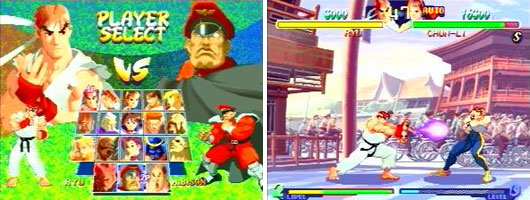
In fact Street Fighter II was the reason that many left Capcom. Management kept pushing the developers for updates to SF II rather than allowing them the time to develop a proper Street Fighter III. Many elements that were supposed to debut in III were added in the final version of Super Street Fighter II. In protest many members of the team walked away. The rest as they say is history...
Okay, so it really wasn't cut and dry.
Noritaka Funamizu and Yoshiki Okamoto were the last senior men left from the original team. They knew that without Akira Nishitani (who left Capcom to start ARIKA and create Street Fighter EX), making a proper SF III would be next to impossible, the universe of Street Fighter had grown very quickly. Would SF III be a new beginning or would it return to the plot of SF II?
Rather than release part III, Noritaka turned the clock back and created a legacy that tied together the first two SF games. In a word it was genius. There was no way Noritaka could have developed a proper trilogy when a good portion of his team had jumped ship. What he gave us instead was an epilogue far more enjoyable than any Street Fighter before.
It began with a careful selection of characters.

The women in the game were all strong characters. None of them had enormous breasts that bounced all over the screen. None of the women wore anything too revealing. The women, like all of the characters in the game, took on multiple meanings. Sex appeal was substituted for substance and history. Chun-Li, returning from SF II in a younger guise with her traditional kung-fu, Sakura as a parody of the girl fighters in SNK games. Rose as a mystic who reveals some of the origin of Vega.

This balance of the new and old was brilliant. Between strong female characters and familiar male characters there was little more the game needed. That's when Capcom piled on the substance and turned a potential good fighter into the "greatest."
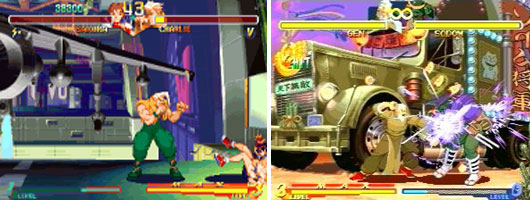
I mention styles because each character in the game represents a particular form of the martial arts. Noritaka and crew went to great lengths to make sure that the characters not only looked unique, their style of fighting and associated strategy was unique as well. These styles balanced each other, moreover there was always more than one character to handle a particular form. Zangief's wrestling could be countered by Birdie's brawling or Sodom's hybrid budokan. Ken and Ryu's fireballs proved ineffective to Rose or Dhalsim's mystic powers... etc.

Gen is returning from the original Street Fighter and is on his last legs as a master of the old forms of kung-fu. His purpose, like the purpose of Ken and Ryu is to end the murderous spree of Gouki. Gouki was meant to be the original boss of Street Fighter III but was instead introduced in the sequel. Now with a stronger purpose in Alpha, Gouki serves as the true boss and best fighter in the game. Vega ties in the plot from SF II and shows how the tournament became a front for his criminal organization.
Still with me?
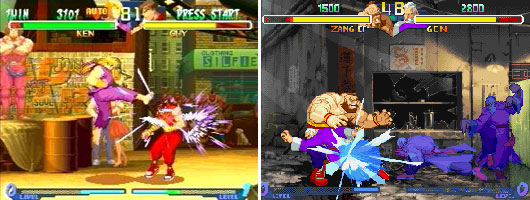
Each level in SFA2 has as much personality as the fighters. Some levels are an homage to the previous games. Some levels filled with characters and locations from Final Fight. These characters would return in Alpha 3 and the eventual SF III. There was even a level brought in from the Street Fighter II anime movie because it was so influential.
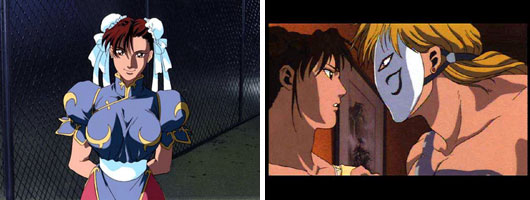
His characters were all unique, colorful, bold-and-yet-subdued, just by looking at the designs you could tell a lot about them. They had a history, both the good and bad "guys" had a story to tell. They spoke volumes without saying a word. Such is the work of a talented artist, possibly the greatest videogame artist ever.
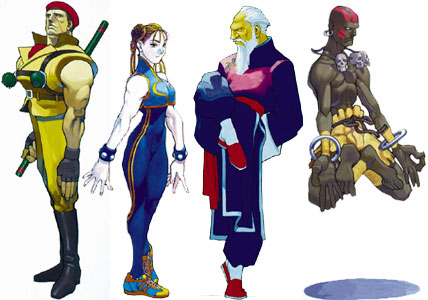
The legacy of Street Fighter has no equal. Street Fighter Alpha 2 made certain that Capcom would forever remain as the greatest company ever to produce a sprite-based fighter. Although the company has turned their back on sprite-based games, and has officially killed the 2-D sprite wing they cannot deny that it was the Street Fighter series that put them on the map. They cannot deny that Bengus carried them with his awe-inspiring art.
Street Fighter Alpha 2 will remain on my favorites list for all-time. I doubt that I will live long enough to see a better fighter. I hope that you get a chance to play it if you haven't already. Have a great weekend people! Next week begins the top-3, can you believe it?
I’d like to hear your personal top-10, top-20, top fighting games, top sports games, or top games in any genre. Let me know in the comments section please. As always if you would like to sponsor me please visit my Patreon page and consider donating each month, even as little as $1 would help make better blogs and even podcasts!

